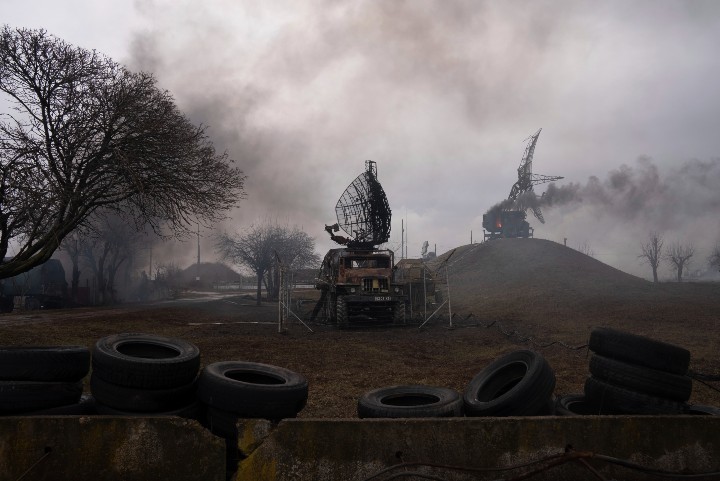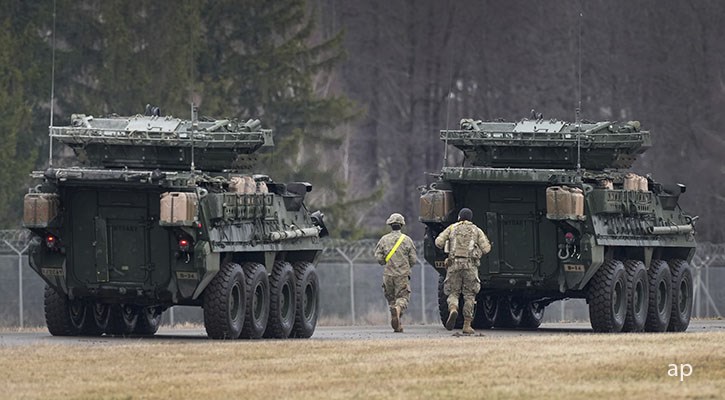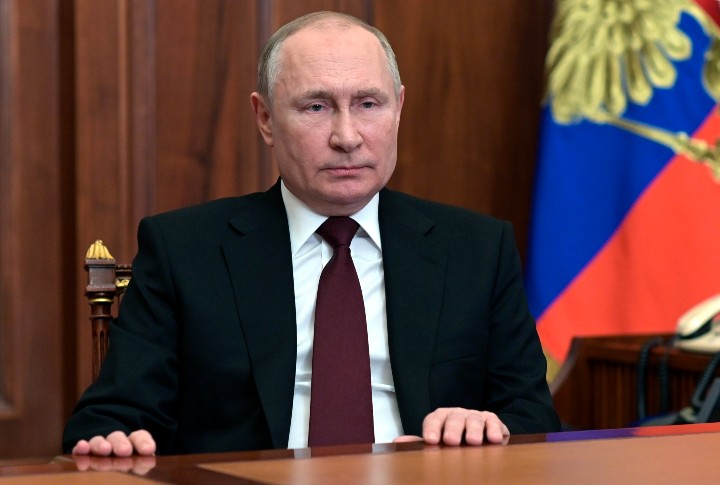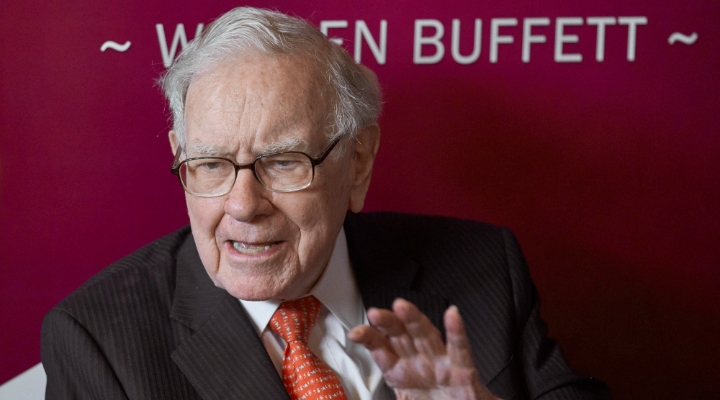
Late last night Canada time, Russia launched an attack on Ukrainian cities after President Vladmir Putin declared a military operation in the region. The assault on Ukrainian territory was accompanied by air, missile and cyber attacks. It all adds up to the worst-case scenario so far contemplated by analysts, investors, and, most of all, Ukrainians themselves.
During an emergency summit on Thursday, European Union leaders announced new sanctions on Russia, including asset freezes, halting its banks’ access to European financial markets and targeting “Kremlin interests”, Reuters reports.
Capital Economics believes that Russia’s economy is in a much stronger position to weather Western sanctions than it was in 2014, but sanctions could still cause real damage. It believes as a plausible estimate the measures "could reduce Russian GDP by at least 1% and prompt the central bank to raise its policy rate from 9.50% now to at least 12%,” it said in a note.
Meanwhile, oil prices broke through US$100 on the news, with Brent crude up 8.5% reaching a 52-week high. And it could go higher.
“Russia accounts for 40% of EU imports of natural gas, and about 30% of its crude imports. Even if the West stops short of sanctions on Russia’s energy exports, we think the risk premium in energy prices will remain high for some time yet," Capital Economics said.
"We could see oil trade in a range of around $120-140 per barrel and European gas to rise close to its mid-December high of €180 per MWh. However, gas prices could fall sharply in Q2, when European seasonal demand plummets."
As a result of this, Russian financial markets are already in full meltdown while global markets are in risk-off mode. Safe havens have rallied, and risky assets have fallen.
Asian economies closed the day lower. Stocks in the Hang Seng Index slumped 3.2% and the CSI 300 dropped 2.0%. China’s oil stocks showed resiliency but shares in automakers, property developers and banks all headed south. Taiwan's TAIEX and South Korea’s Kospi both closed with a 2.6% drop and Japan’s TOPIX fell 1.3%. Stocks in the S&P Europe 350 slumped 2.5% at the open. Economically-sensitive industries like banking, car makers and industrials underperformed, though the worst-hit stocks in the region were those exposed to Russia and Ukraine
“Unless the situation in Ukraine improves, the global de-risking now underway will probably continue. There are few obvious parallels to this crisis, but major stock indices dropped 20-25% after Iraq invaded Kuwait in 1990, although they rebounded once US intervention brought the war to a swift end," Capital Economics said.
"That suggests another 10-20% fall from current levels is quite plausible. Aside from how the Russia-Ukraine war evolves, the key factor that will determine how bad the market fallout becomes is how major central banks respond.
"Before the Russia-Ukraine conflict escalated over the past couple of weeks, equities were already under pressure from the surge in risk free rates at the start of 2022 as the Fed and other central banks signaled a more aggressive pace of monetary policy tightening. If the conflict prompts policymakers to hold off, or at least slow down, the tightening process, that may cushion the blow to risky assets."
Canadian Mutual Funds Holding Russia
What is most important right now is that investors stay calm. In case you’re wondering if your mutual funds hold Russian exposure, we have a list. These are all held in the Morningstar Global Emerging Markets Equity category. Some even have medalist Morningstar Quantitative Ratings.
Source: Morningstar Direct Data as of February 23
Remember though, don’t make any hasty decisions. This situation may seem unprecedented but sadly it is not. It all is a part of geo-political risk, and you can find out how to manage it here.
Simply put, Dan Kemp, Morningstar Investment Management global chief investment officer, says there are four ways investors typically handle geopolitical risks: 1. predict the outcome and gamble on your expectations (which is not a smart thing to do), 2. protection first (you could protect on the downside, but lose the upside), 3. sit tight and focus on your goals (a smart thing to do), and 4. monitor the situation (logically sound, but it requires a rational framework and enforced discipline).
Kemp argues that a combination of the latter two approaches is best, as “they help investors to control their behavioral urges while concentrating their analysis on what matters most.”
If executed correctly, investors are then able to recognize that heightened geopolitical tension is unlikely to materially shift the underlying fundamentals, creating an opportunity to buy something for less than it is worth. “The idea is to avoid action, except where it presents an opportunity, because fear-driven selling is rarely a good idea,” Kemp says.
An earlier version of this article attributed a report to Capital Group. The report was by Capital Economics.
























